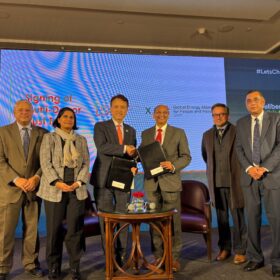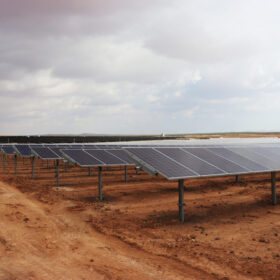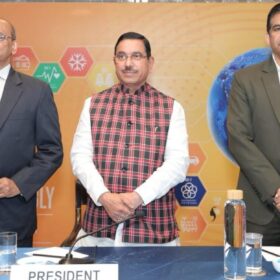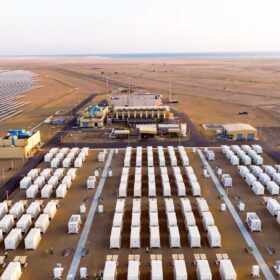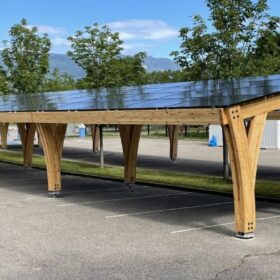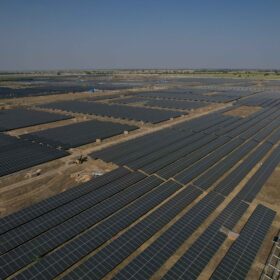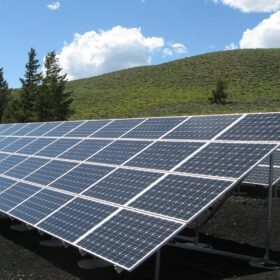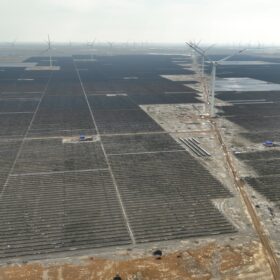NTPC secures PPA with Indian Army for solar-hydrogen based microgrid project
NTPC has secured a power purchase agreement (PPA) with Indian Army for sale of power from its solar-hydrogen based microgrid project at Chushul (Ladakh).
GEAPP joins ISA’s multi-donor trust fund initiative to mobilize $100 million solar finance
The Global Energy Alliance for People and Planet (GEAPP) has strengthened its partnership with International Solar Alliance (ISA) by signing ISA’s Multi-Donor Trust Fund, which aims to mobilize $100 million to fund high-impact solar energy projects.
Husk hits 400 solar minigrids milestone
Husk Power Systems has doubled its fleet of community solar minigrids over the past 12 months. It now owns and operates the world’s largest portfolio of private-sector minigrids.
Pumping underground water in the desert with PV, wind
Scientists have designed a system that combines solar panels, wind turbines, and battery storage to operate water pumping systems in Jordan. They simulated it under several scenarios in search of the optimal size.
How microgrids with energy storage empower remote communities
Battery energy storage systems significantly improve the reliability of microgrid power supply, offering a dependable source of electricity for critical services like healthcare facilities and schools.
Hithium unveiles 6.25 MWh BESS, sodium-ion battery cell, installation-free home microgrid
A trifecta of cutting-edge products debuted at Hithium’s second Eco Day event held in Beijing.
Leaders from 120 member countries to attend Seventh Session of International Solar Alliance Assembly in New Delhi
The Seventh Session of the International Solar Alliance (ISA) Assembly, to be held in New Delhi from Nov. 3-6, will deliberate on ISA initiatives to improve energy access, security and transition among its member countries.
Huawei unveils world’s largest microgrid
China’s Huawei has built a 400 MW/1.3 GWh solar-plus-storage off-grid facility in Red Sea New City, Saudi Arabia.
Timber framed solar carports for residential, commercial applications
Sweden-based Innoventum has launched a solar carport line equipped with bifacial modules in a larch wood structure. The solution may include electric vehicle charging, energy storage, LED lighting, and inverter systems.
Honeywell commissions battery energy storage system to help decarbonize Lakshadweep
Honeywell’s battery energy storage system (BESS) technologies integrated into the solar microgrid of the remote Kavaratti islands of Lakshadweep support decarbonization of the islands’ energy supply.

